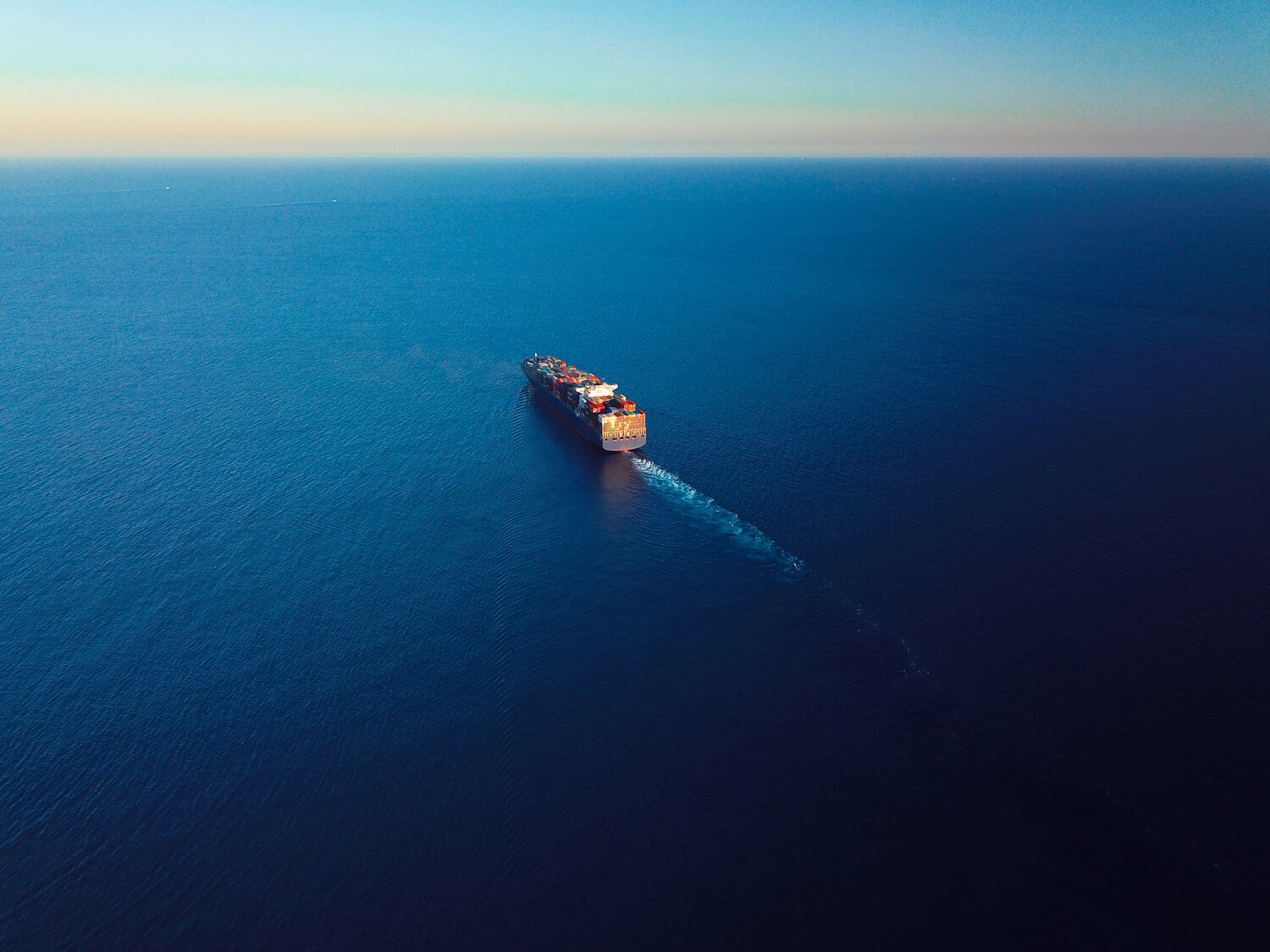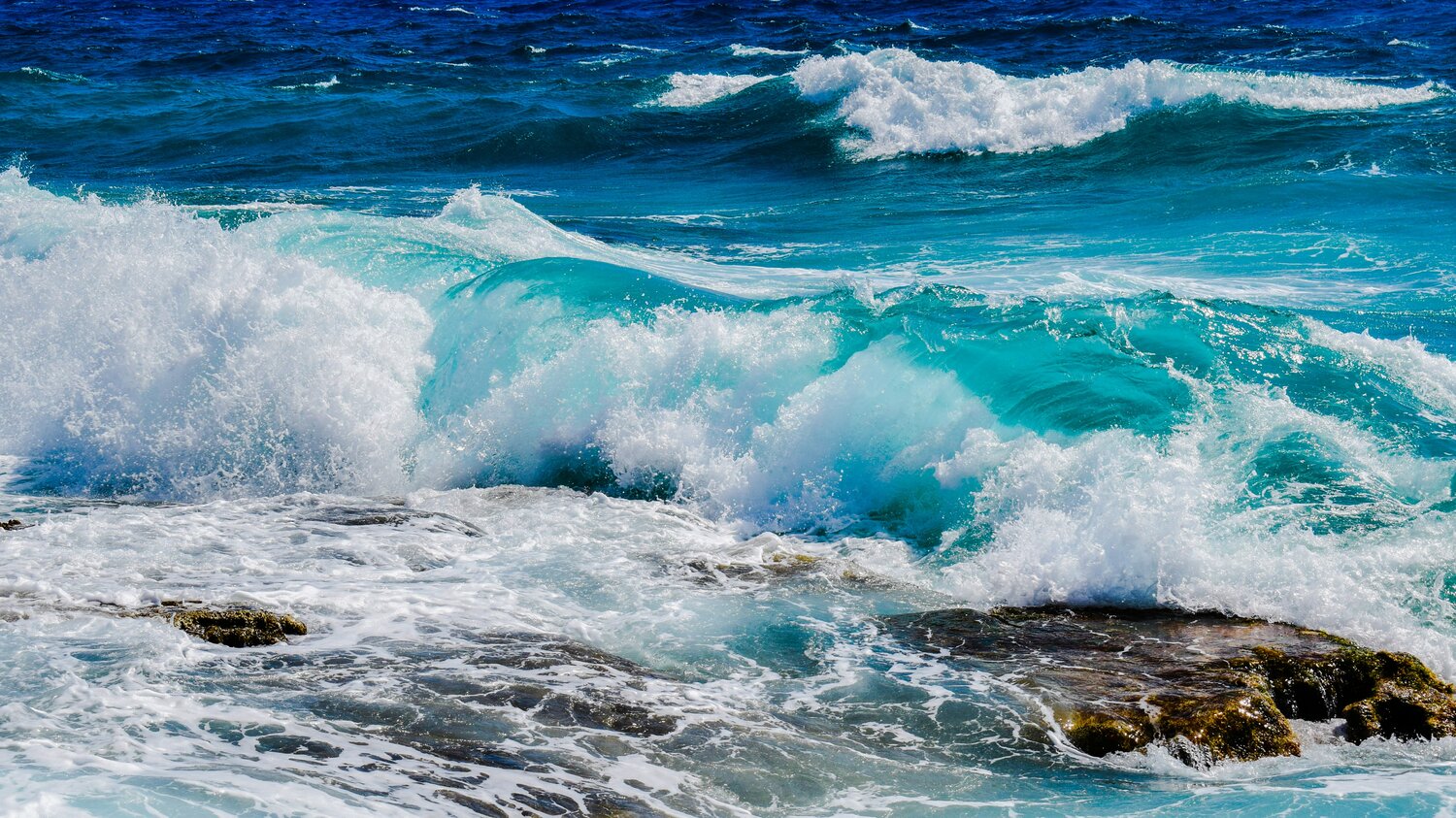Standard Club has merged with North to form NorthStandard. Find out more about NorthStandard here or continue on this site to access industry news, publications and expertise, as well as club rules and contacts.
Decarbonisation developments and challenges: Looking to 2023 - are you ready for the new regulations?
As the shipping industry continues its journey to decarbonisation, our 2022 Alternative Fuels member survey reveals the current state of play, and the challenges members face as we look towards the IMO’s 2030 and 2050 deadlines.
In this, the first of six blog posts highlighting the survey’s main talking points, we focus on the IMO’s amendments to technical and operational measures around reducing carbon intensity, and our members’ thinking before its introduction on 1 January 2023.

Regulatory changes for 2023
Compared to 2008 figures, the IMO’s initial strategy sets out:
- A minimum 40% reduction in carbon intensity (carbon dioxide CO2 emissions) by 2030 and 70% by 2050.
- A minimum 50% reduction in annual greenhouse gases (GHG) emissions by 2050 and total phasing out by the end of the century.
There have been calls for the shipping community to go further and to aim for net zero GHG emissions by 2050. As a result, the initial strategy is expected to be revised in 2023.
Recognising the size of the challenge, amendments to MARPOL Annex VI have been adopted to reflect following technical and operational goal-based measures:
- Calculation and verification of Energy Efficiency Existing Ship Index (EEXI) – retroactive EEDI requirements applied to existing ships from 1 January 2023.
- Introduction of a rating mechanism (A to E) linked to the operational Carbon Intensity Indicator (CII), taking effect from 1 January 2023.
- Enhanced Ship Energy Efficiency Management Plan (SEEMP) to include targets for operational emissions, where an approved SEEMP needs to be kept onboard from 1 January 2023.

Energy Efficiency Existing Ship Index (EEXI)
Applicable to ships of 400GT and above, the EEXI is a technical measure designed to calculate a ship’s energy efficiency, based on its design and arrangements. It describes the carbon emissions per cargo ton and mile by determining the standardised CO2 emissions related to installed engine power, fuel oil consumption, and a conversion factor between fuel and the corresponding CO2 mass. The result is the ‘attained EEXI’. If this figure falls outside the IMO’s standard – the ‘required EEXI’, shipowners and charterers will need to act to improve efficiency.
The chosen solution will naturally depend on the ship’s type and size. Members should also consider the ship’s age against the cost and time of potential improvements.
Options include:
- Introducing an engine power limitation or shaft power limitation.
- Increasing ship capacity by increasing the deadweight (DWT) or gross tonnage (GT) – if structurally possible).
- Propulsion optimisation devices, such as high-efficiency propellers, propeller boss cap fins, low-friction paints, air lubrication systems, etc.
- Energy efficiency technologies (EETs), such as waste heat recovery, wind-assisted propulsion, solar cells, etc.
- Switching to carbon-neutral fuel, if financially viable.
Shipowners will also need to develop an EEXI Technical File, which includes the data used to calculate the EEXI value, and will be used as a basis to verify compliance with the regulations.

Our 2022 Alternative Fuels survey revealed that switching to a low-carbon or carbon neutral fuel, and retrofitting energy-efficient technologies was the most popular way of complying with the IMO’s upcoming regulations. In one respondent’s words: “Large shipping companies have to lead the way, to push the development of alternative fuels.”
However, given the potentially very high capital expenditure for existing ships, most members surveyed also felt that engine power limitation was an effective way to improve EEXI.
Carbon Intensity Indicator (CII)
The CII is an operational measure that applies to ships of 5,000 GT and above. The revised MARPOL Annex VI means vessels must:
- Calculate attained annual operational CII over the calendar year (from 1 January to 31 December).
- Demonstrate reductions in carbon intensity from 2023 to 2030.
Ships will be given an annual carbon intensity rating (CII rating) on a scale of A to E, running from A: ‘major superior’ to E: ‘major inferior’, indicating the previous year’s performance. The calculation is based on Annual Efficiency Ratio (AER) for weight-critical cargo ships (bulk carriers, tankers etc.), or capacity gross ton distance (cgDist) for volume-critical ships (ferries, cruise ships etc.).

In our Alternative Fuels survey, most members felt that reducing the ship’s speed, adopting just-in-time arrival, hull coating/optimisation, and weather routing measures were all effective ways to improve their CII rating.

Ship Energy Efficiency Management Plan (SEEMP) – Part III
The amendments to CII mean members will need to develop an enhanced SEEMP from 1 January 2023. This will include:
- The ship’s CII rating and a description of the methodology used to calculate the ship’s attained annual operational CII.
- The required annual operational CII for the next three years.
- An implementation plan documenting how the required annual operational CII will be achieved during the next three years.
- A process for reporting to Flag State for verification.
MEPC-76 also approved a phased approach of 5% carbon intensity reduction from 2023 (compared to 2019), rising in 2% intervals up to 11% for 2026. As the CII rating thresholds become increasingly stringent as we move towards 2030, failure to meet them could mean a ship’s CII rating will drop – potentially affecting their ability to trade and a loss of earnings.
Ships with a CII rating of ‘D’ for three consecutive years or an ‘E’ rating for one year will have to submit and implement a corrective action plan showing how they can improve the vessel's efficiency to ‘C’ or above. This action plan must also be included in the SEEMP. Periodic audits will also ensure owners are meeting targets or taking corrective action.
Club’s recommendations
With the imminent regulations, we recommend members:
Benchmark their fleet’s performance and fuel consumption so they understand the technical and operational efficiencies that may be required to meet their obligations.
Review relevant contracts. Entire contracts of carriage and similar arrangements may need to be amended to make sure they are fit for purpose and to avoid claims.
BIMCO has already published a clause that addresses compliance with EEXI, allocates responsibility and costs for implementing modifications, and is suitable for both existing and future time charter parties. BIMCO is currently working on a charterparty clause addressing the carbon intensity indicator (CII) regulations.
Members will need to have their EEXI technical file approved before the first annual, intermediate or renewal International Air Pollution Prevention (IAPP) survey, or the initial International Energy Efficiency (IEE) survey on or after 1 January 2023.
The first CII report based on 2023 data will be due by 31 March 2024 latest.
Members with vessels affected by the changes will need to update their SEEMP to include Part III. They also need a satisfactory assessment and an updated Confirmation of Compliance by 31 December 2022.
It’s clear that members have a lot of changes to take in and act on in very little time. We lead the way in supporting our members’ decarbonisation efforts and their transition to alternative fuels.
Visit our dedicated Alternative Fuels webpage for more information on preparing for 2023, including calculating EEXI, preparing a technical guide, and CII ratings. Members can also access a wealth of alternative fuels information, advice and support tools, including articles, videos, podcasts, contacts, and more.
Category: Alternative Fuels
